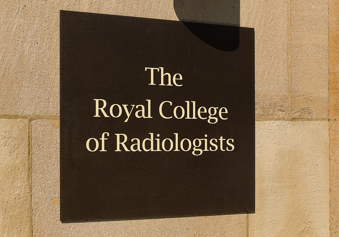RCR welcomes plans to produce cutting-edge cancer treatments from uranium
On 16th December 2025, the UK government announced plans to produce cutting-edge radiopharmaceutical cancer therapies from reprocessed uranium, generated from historic processing of spent nuclear reactor fuel.
